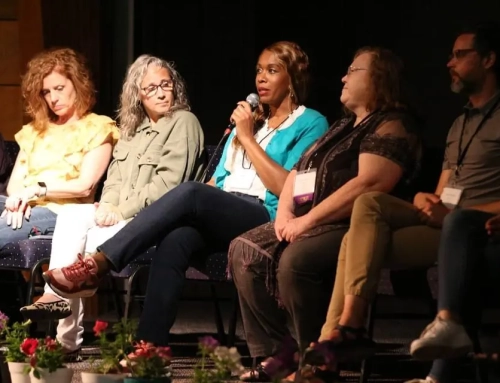
Three Keys to Create a Killer Scene
in your memoir, novel, or nonfiction story
by Susy Flory

Right now, I have a rescue horse named Stetson, a retired racehorse. He’s so tall I have to use a set of plastic stairs to mount him. Trust me, I am VERY careful in riding him because his long legs and power are like taking a ride on a rocket ship!
However, there are tons of differences between writing a memoir and riding a fast horse, BUT there is one huge similarity—you want the reader to hang on and go for a ride. You don’t want your story to be the one that a reader just can’t stick with because it’s too slow or dry.
So what’s the secret? There are plenty of secrets but one BIG one is writing “scenes” into your story, whether fiction or nonfiction. A scene is a little story with a beginning, a middle, and an end. It has its own small dramatic arc and plays out like a movie scene—visual, appealing, and memorable. Here are three secrets to writing a powerful scene inside of a chapter:
- The question is not, “what happened?” but “what needs to happen?”
TIP: A scene is a link in a chain of scenes that tell your story. Each one needs to advance your story in some way (and not always with action—sometimes it’s an important detail about a person, preparation for an upcoming situation, or explanation of something that has happened). - Ask yourself, what is the most surprising thing that could happen in this scene?
TIP: A good story needs some twists and turns. (Not every scene, but make sure there are surprises sometimes.) - Play your scene on the screen in your head. You know how there’s a cliché of writers staring out the window while working? It’s true!
TIP: Play the scene in your head, then play it again until it becomes clearer with more details. Replay the dialogue and write a few rough notes.
In the end, there’s nothing wrong with taking your time in a chapter or a story but remember that once in a while that baby needs to take off and RUN! And a powerful scene (hopefully many of them) will help you do so.








